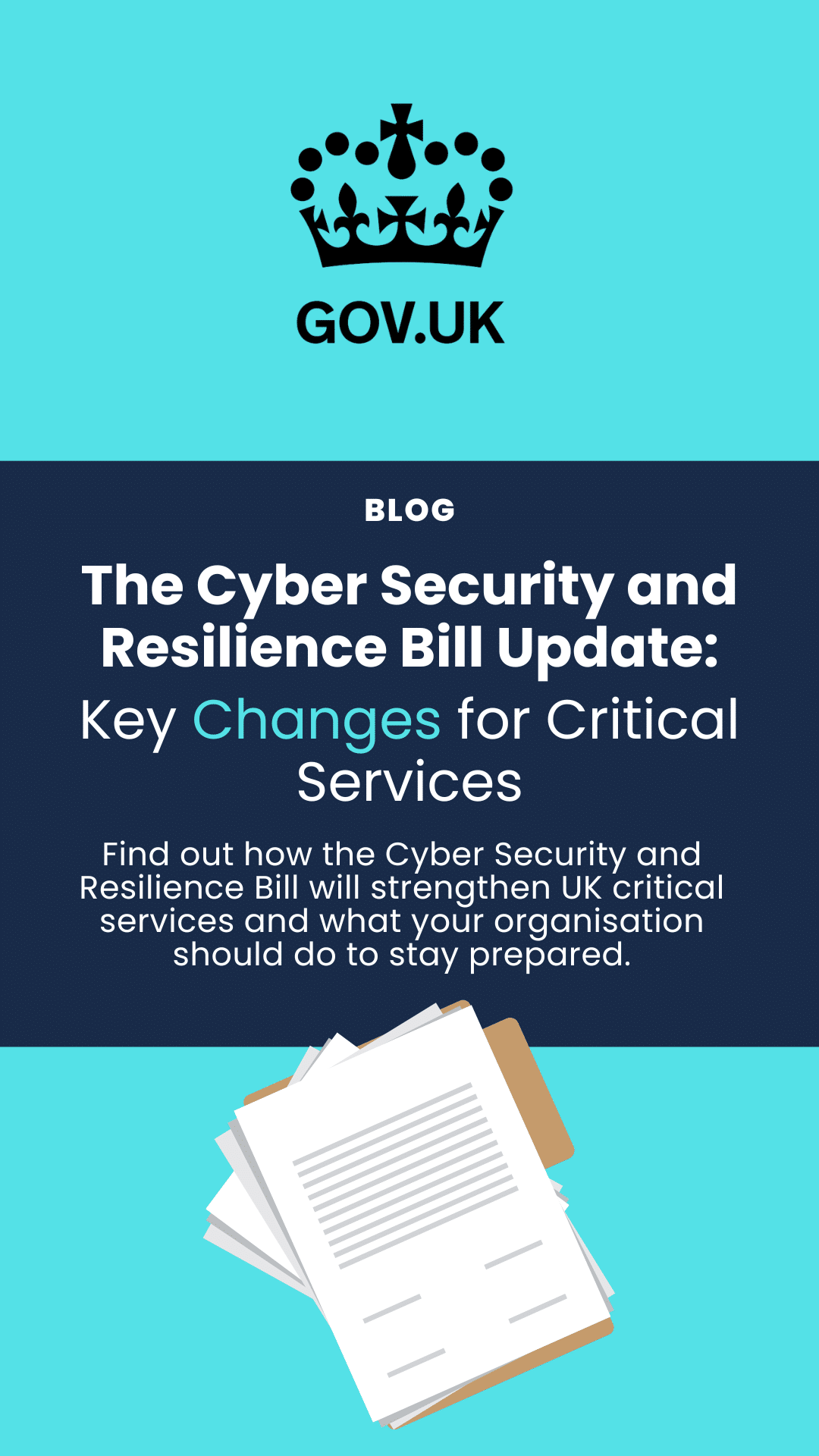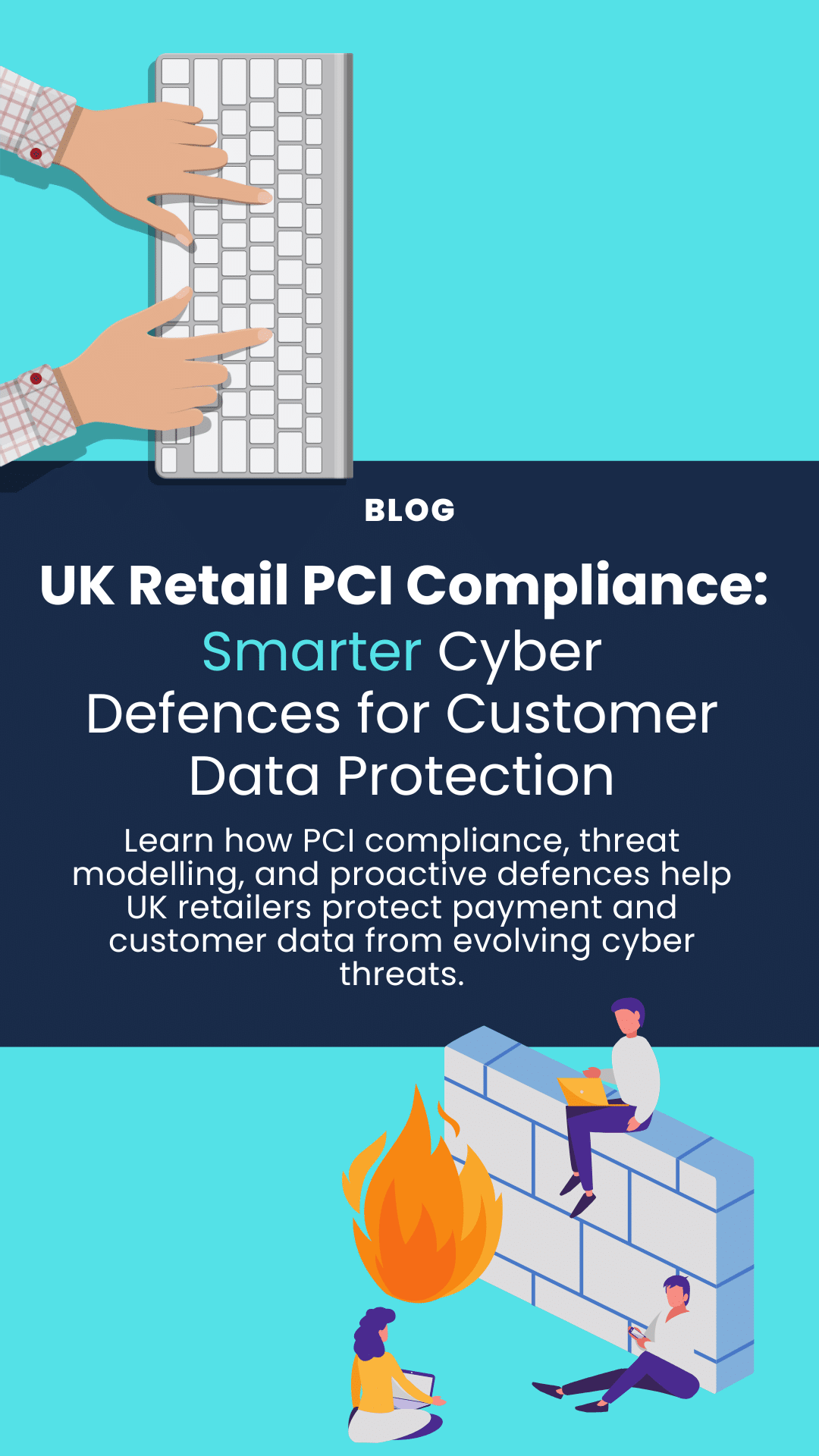If you’re responsible for your organisation’s Cyber Security, you’ve likely invested in a mix of tools — vulnerability scanners, EDR, firewalls, perhaps even regular penetration testing. You’re ticking all the boxes.
But here’s the uncomfortable truth: attackers don’t care about checklists. They care about outcomes.
And most security leaders still can’t answer the most crucial question:
Which exposures in our environment would actually let an attacker in — and how would they move once inside?
That’s where Adversarial Exposure Validation (AEV) comes in. And if it’s not yet on your radar, it should be.
What is Adversarial Exposure Validation (AEV)?
AEV is an emerging approach in Cyber Security that shifts focus from theoretical vulnerabilities to real-world exploitability.
Rather than simply scanning for flaws, AEV simulates how an attacker would chain exposures together to achieve their objective — such as stealing data, taking over accounts, or moving laterally through systems.
Think of it as a dress rehearsal for a breach, but on your terms.
AEV helps answer critical questions:
- What would a real attacker target in your environment?
- What controls would they bypass or exploit?
- What would the actual impact be?
While some AEV platforms are automated and continuous, the core value isn’t the automation — it’s the mindset: testing your security defences based on how attackers operate, not how your tools are configured.
Why Traditional Approaches Are No Longer Enough
Even well-established practices like vulnerability scanning and penetration testing are struggling to keep pace with the modern threat landscape. Here’s why:
1. Too Much Noise, Not Enough Context
Scanners can generate thousands of findings, but few help you understand what’s actually exploitable. Teams often end up firefighting low-risk issues while critical attack paths go unnoticed.
2. Point-in-Time Testing Doesn’t Reflect Real-World Attacks
3. Security Budgets Are Under Pressure
With limited time and resources, security leaders need to be sure they’re focusing on the right things. Without continuous validation of which exposures matter most, it’s hard to justify spend or demonstrate resilience.
How AEV Works in Practice
At its core, AEV is about simulating adversarial behaviour — either through automated platforms or guided testing — to see how your systems stand up to real-world attacks.
It’s a shift from asking, “What vulnerabilities exist?” to asking, “What could an attacker actually do here?”
This typically involves:
- Mapping likely attack paths based on your environment.
- Testing defences across multiple vectors — endpoints, cloud infrastructure, applications, APIs.
- Prioritising risks based on impact and exploitability, not just CVSS scores.
- Validating whether your security controls (detection, prevention, response) actually work when tested.
The output isn’t just a long list of issues. It’s an actionable insight into what’s at risk, how it could be compromised, and where to act first.
Real-World Example: When Everything Works — But It’s Still Breakable
A large financial services organisation had a mature Cyber Security setup — vulnerability scanners running weekly, a well-configured EDR, regular penetration tests, and a dedicated internal security team.
On paper, everything looked solid.
But during a targeted threat modelling and adversarial simulation exercise, the team uncovered a chain of low-severity exposures that, when combined, formed a viable attack path:
- A standard user account with weak but not technically “vulnerable” credentials.
- Excessive internal permissions that weren’t flagged as risky because they didn’t break policy.
- An internally exposed tool that allowed lateral movement — completely invisible to external scans.
- A lack of alerting around internal privilege escalation.
None of these issues, individually, triggered high alerts. None were exploitable from the outside. But together, they allowed an attacker (simulated in the test) to move from a compromised user account to accessing sensitive financial records — without triggering any alerts.
Because these exposures were technically compliant but contextually dangerous, they weren’t prioritised by scanners or standard assessments.
By simulating the attack chain:
- The security team visualised how real attackers could move through their environment.
- They adjusted IAM policies and strengthened internal monitoring where it mattered.
- They avoided unnecessary reconfiguration of low-risk systems and focused on what attackers would actually exploit.
This exercise didn’t replace their tools — it re-focused their efforts where risk was real.
Start Small: You Don’t Need to Boil the Ocean
AEV isn’t about launching a massive new programme overnight. It’s about thinking differently.
You can begin by:
- Identifying your crown jewels — data, systems, and assets that matter most.
- Mapping likely attack paths to those assets using threat modelling.
- Validating which exposures would actually make a difference to an attacker.
- Testing real-world scenarios at a pace that works for your business.
This doesn’t require a fully automated platform to get started. It just requires a shift in approach — from theoretical assurance to practical resilience.
Why AEV Thinking Matters Now
Security is no longer about “checking the boxes.” It’s about proving — with evidence — that your organisation can withstand real attacks.
Whether you already have red teams, blue teams, or you’re looking to align with a formal CTEM programme (Continuous Threat Exposure Management), AEV helps elevate your strategy.
It:
- Helps remove assumptions and reduce security gaps
- Provides risk-led visibility that improves prioritisation
- Supports smarter Cyber Security decisions based on how attackers actually operate
- Enables you to continuously assess your defences against a dynamic threat landscape
- Strengthens collaboration between offensive and defensive teams through shared, actionable insights
Even if you already test controls periodically, AEV brings the structure and attacker context needed to continuously test and validate what matters most.
Take the First Step: Book Your Free Threat Modelling Exercise
To help you get started, we’re offering a free threat modelling exercise — a guided, attacker’s-eye view of your environment.
In this session, we’ll:
- Identify critical exposures that matter most
- Understand your likely attack paths
- And help you prioritise remediation based on real-world risk — not assumptions.
It’s a practical way to explore how Adversarial Exposure Validation can improve your organisation’s security posture — starting from where you are today.
Ready to achieve your security goals? We’re at your service.
expertise to help you shape and deliver your security strategy.
About the author




